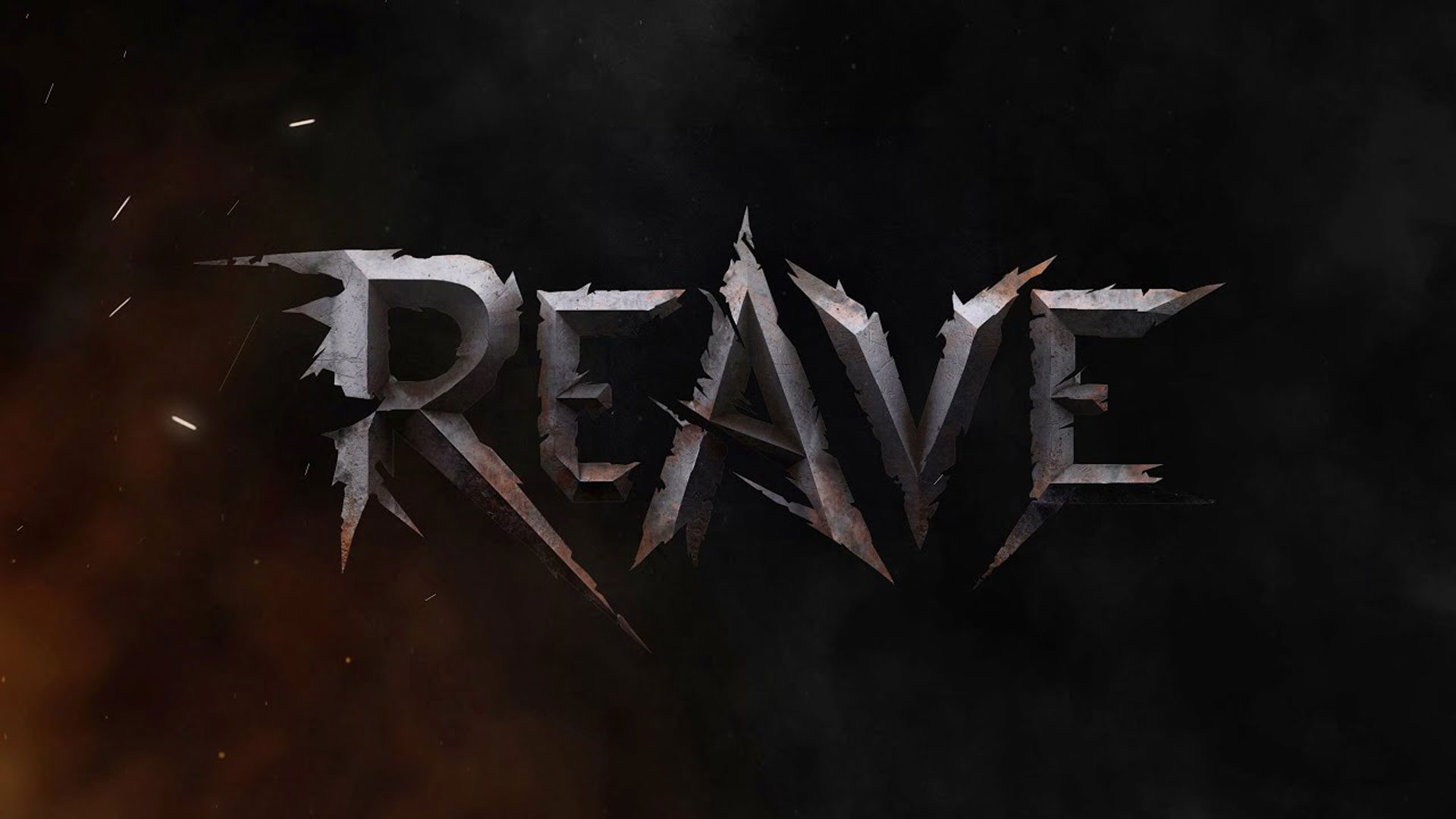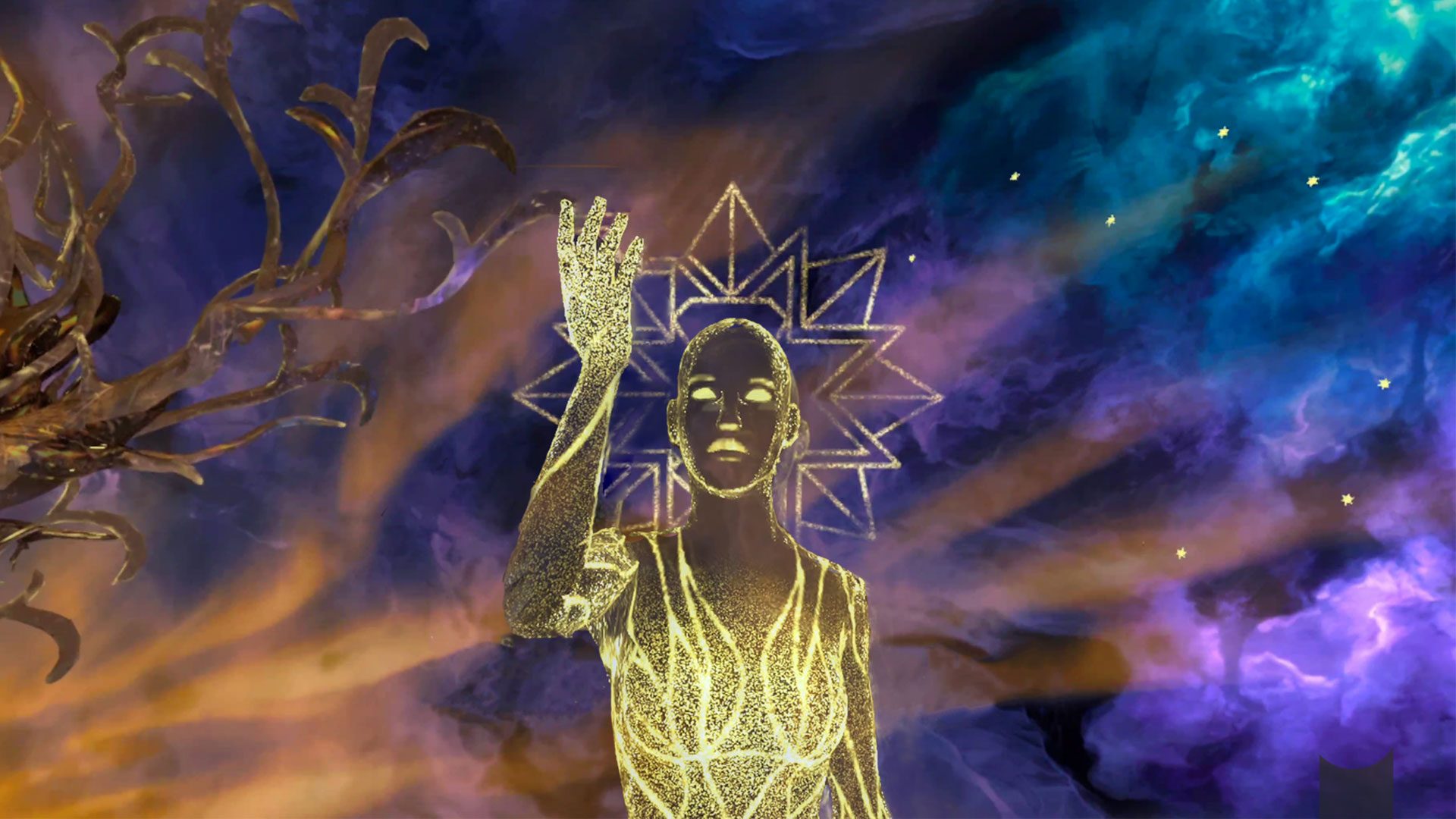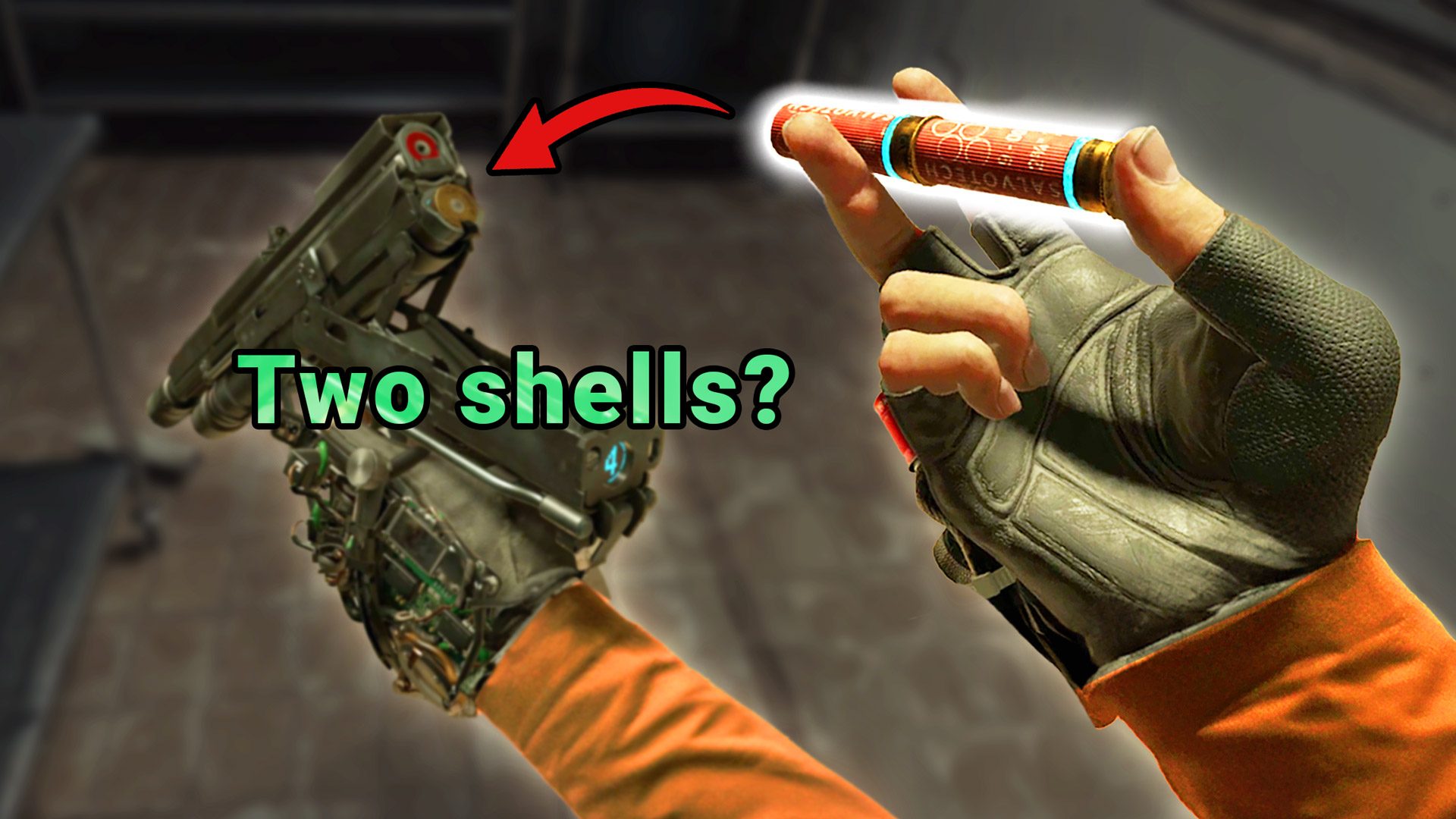Nintendo recently created quite a buzz with the introduction of the Nintendo Switch 2, although they’ve stayed mum about the specifics of the chip that brings it to life. Nvidia, the brains behind the custom chip, has shared some insights in a recent blog post.
At a developer gathering, Tetsuya Sasaki, the technical director for the Switch 2, mentioned, “Nintendo isn’t big on sharing intricate hardware details. Our main goal is to deliver great value to our users.”
Nvidia is following suit by not divulging details such as core counts and clock speeds. However, they did reveal that the new chip seriously enhances graphics performance, promising it’s ten times better than that of the original Switch.
The advanced capabilities of Nvidia’s RT cores introduce features like hardware ray tracing for enhanced lighting and reflections, while the tensor cores facilitate DLSS upscaling. These advancements likely contribute to delivering 4K visuals when the Switch 2 is docked and maintaining up to 120 frames per second in handheld mode.
The involvement of tensor cores also marks a leap forward in social gaming features, allowing for AI-driven face tracking and background elimination. This was prominently featured in the new social GameChat tool and in playable titles like Super Mario Party Jamboree – Nintendo Switch 2 Edition + Jamboree TV. Whether this uses the same tech as Nvidia Broadcast on PC remains uncertain.
Moreover, Nvidia revealed that the variable refresh rate of the new display is powered by G-Sync technology, helping to avoid screen tearing when playing in handheld mode.
The original Nintendo Switch was also powered by Nvidia, using a customized version of the Tegra X1. Despite being an older chip, Nintendo kept it relevant, supporting a stream of game releases over eight years.
As we look forward to what creative developers can achieve with this powerful hardware, the Switch 2 will hit the shelves on June 5, priced at $449.99.














































